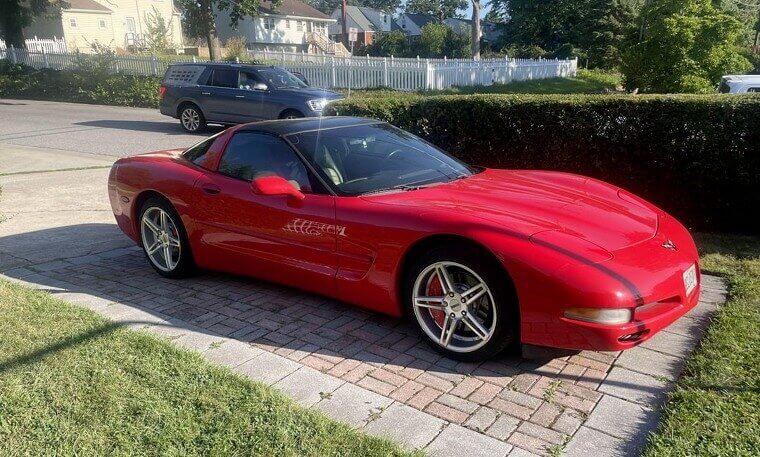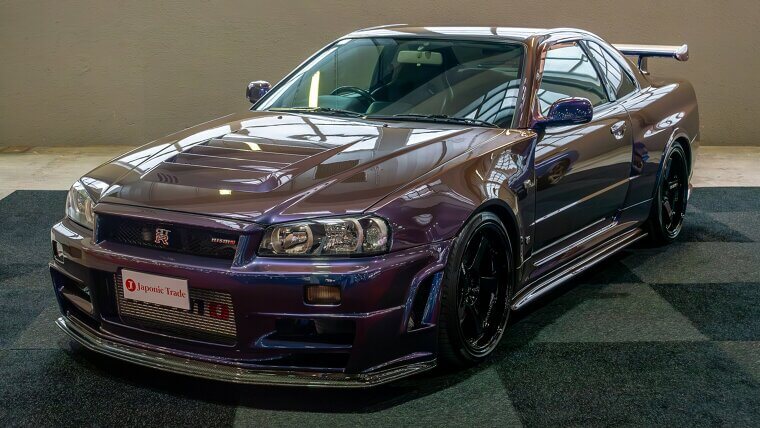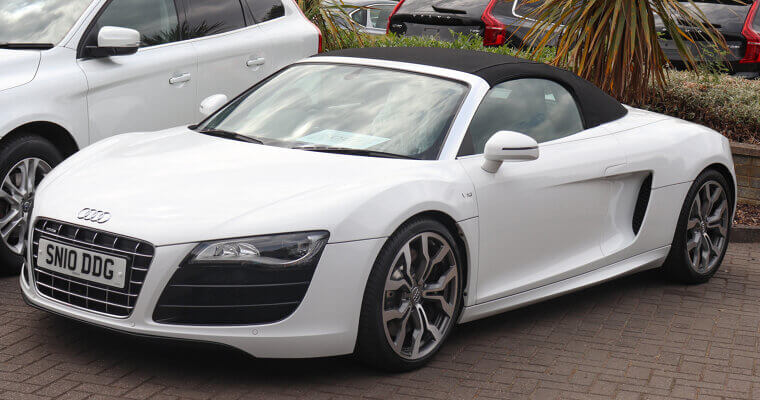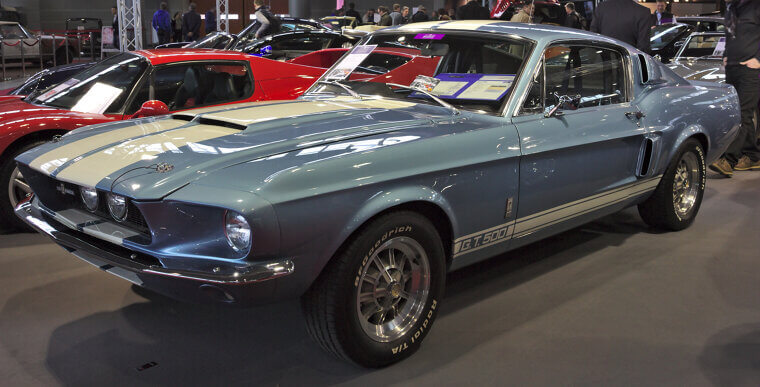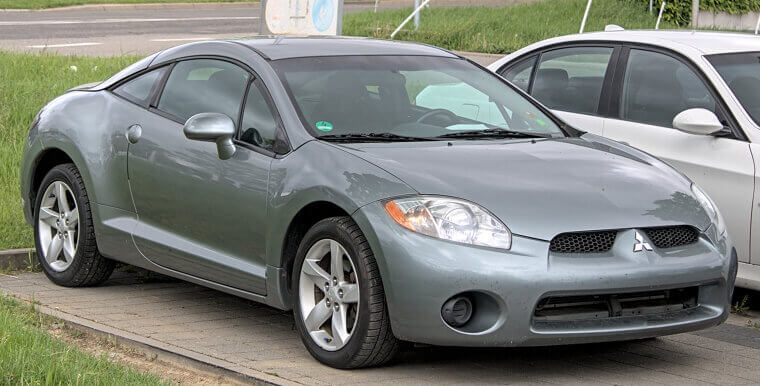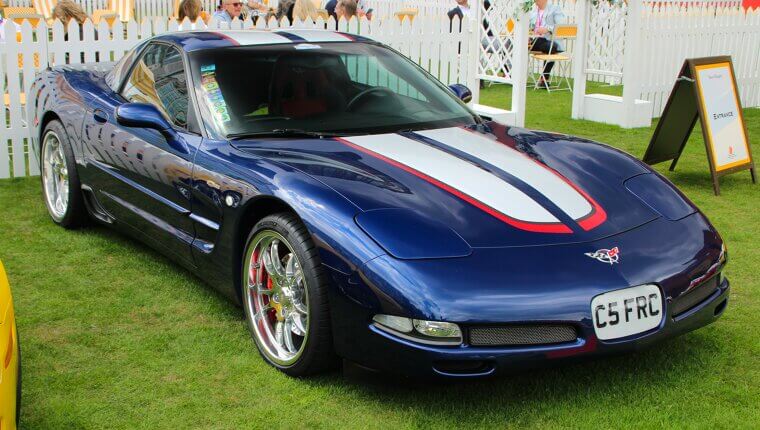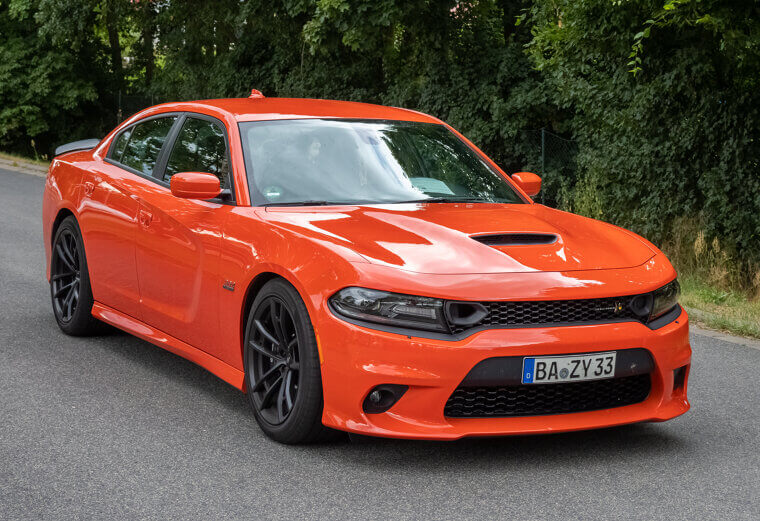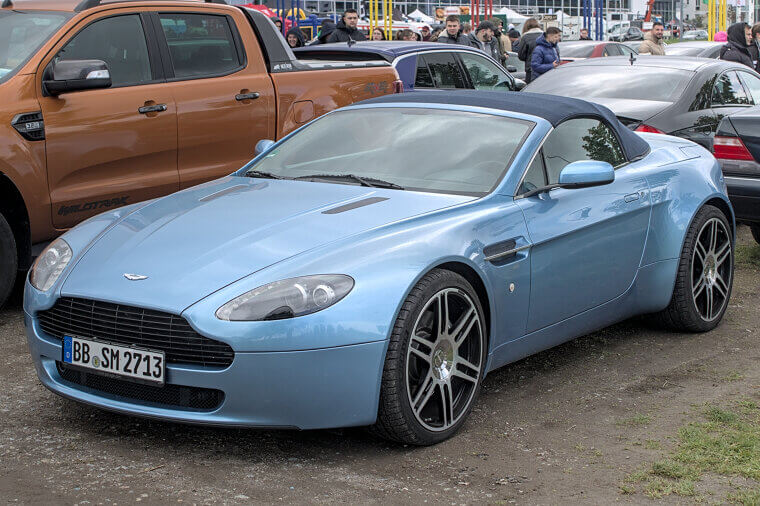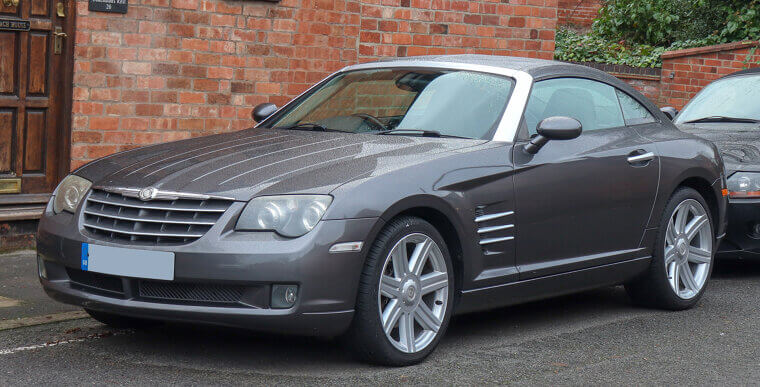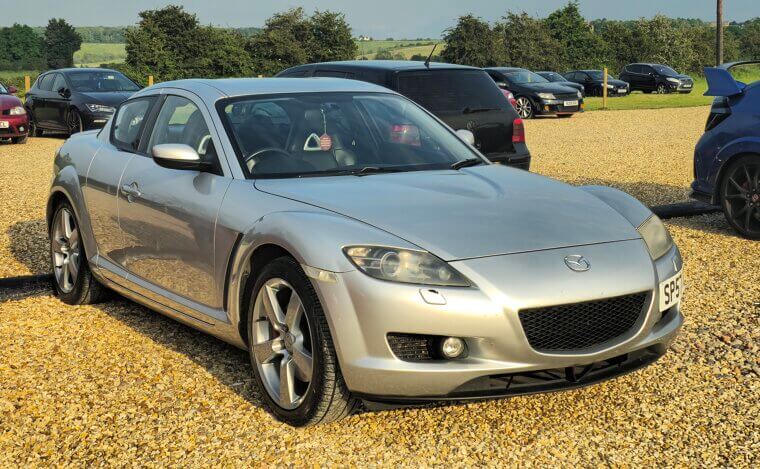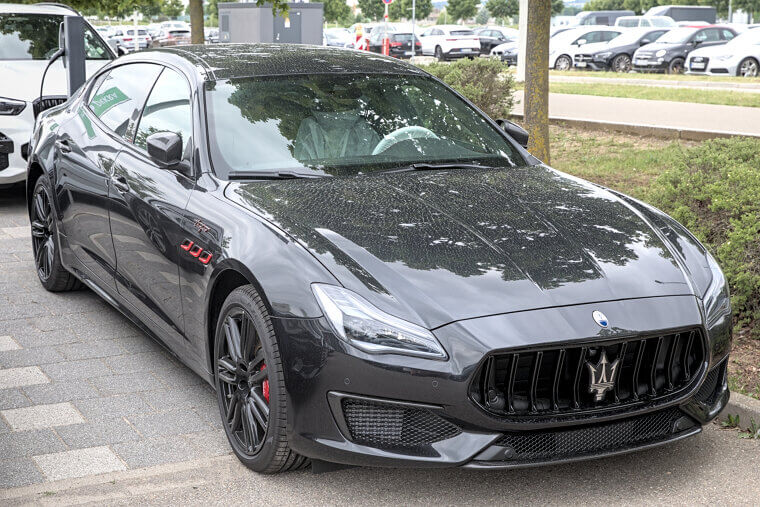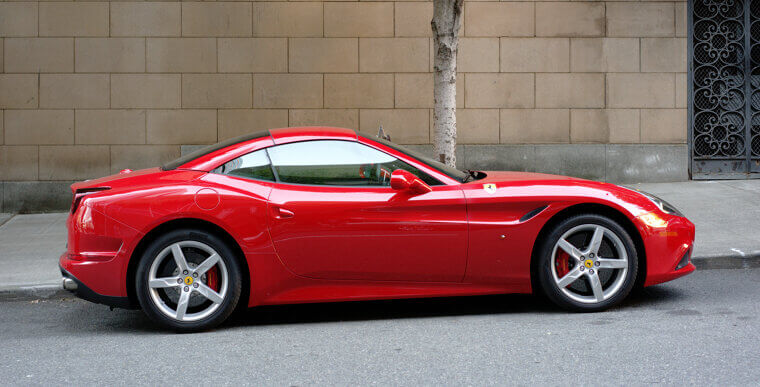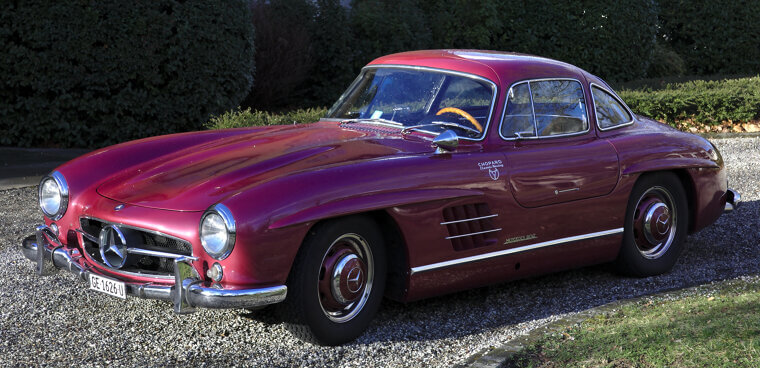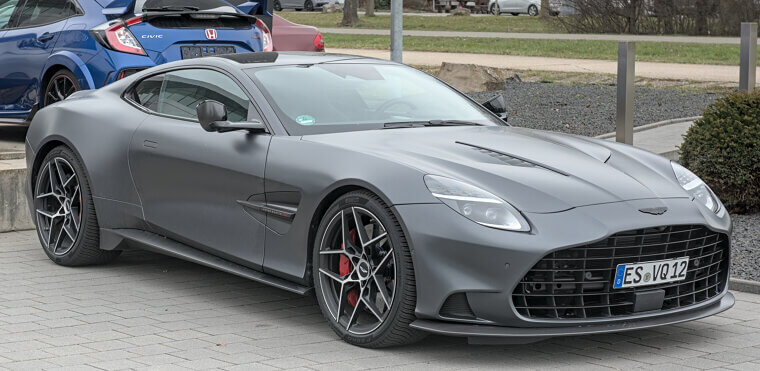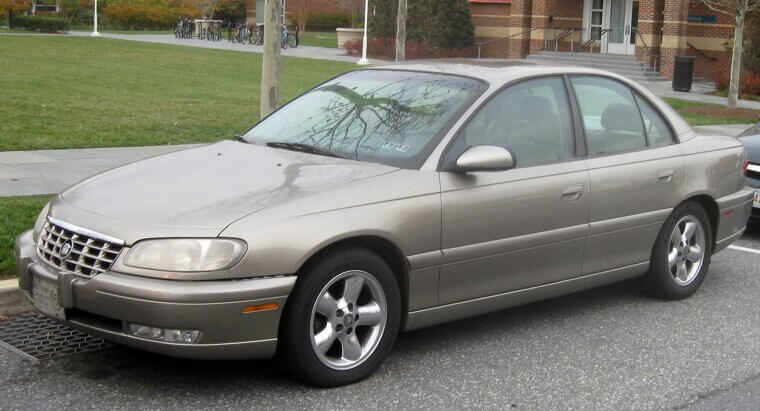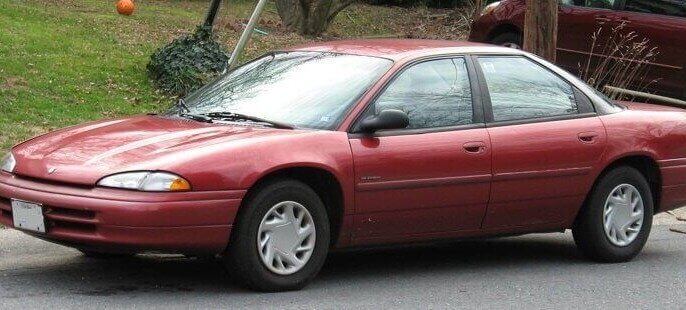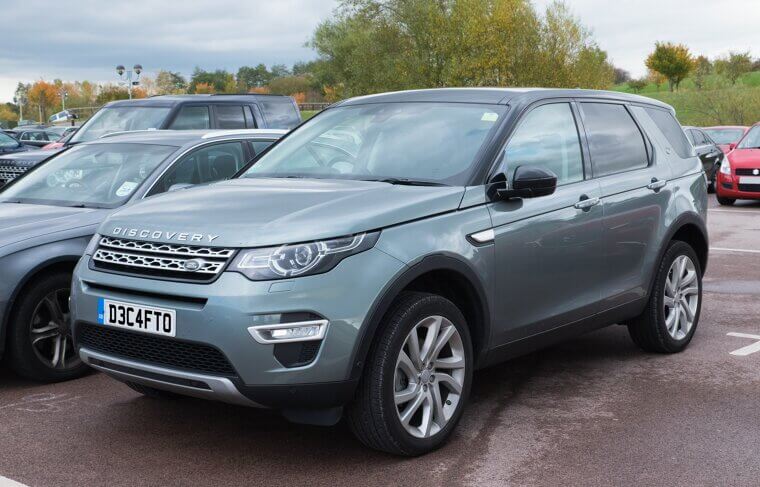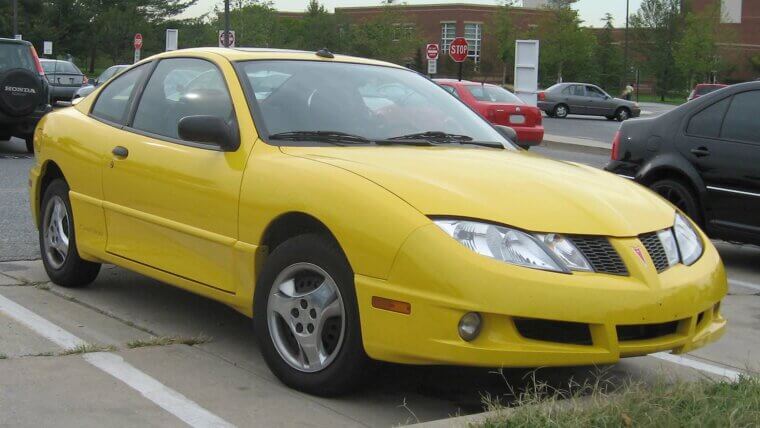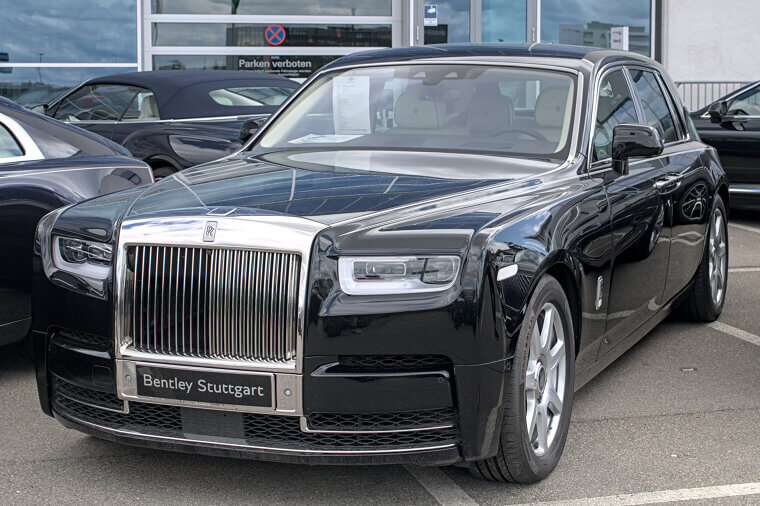Modern Cars That Did Not Age Very Well
When you think of a ‘modern car’, your mind probably goes straight to a technologically advanced vehicle that has everything you need, with all of the best qualities. However, this is not always the case! Continue reading to unearth modern cars that aged worse than expected.
Nissan GT-R
Make no mistake, the Nissan GT-R was a game-changing car when it was released long ago. Even today, it's still an impressive supercar killer. While this sports car is still an amazing machine, the GT-R’s age is catching up to it, as competitors are outperforming it.
Audi R8 4.2
Audi's R8 marked its entry into the mid-engine supercar world, boasting a strong V8, manual transmission, iconic styling, and a competitive price. Later, Audi introduced a Lamborghini-derived 5.2-liter V10 with 105 more horsepower. The V8 was phased out, leaving the R8 exclusively powered by the V10.
Dodge Viper
The Dodge Viper was an uncompromising sports car that offered an enormous V10, a manual transmission, and not much else. With this in mind, it's easy to understand why this car is aging like milk.
Shelby GT500
The latest Shelby Mustangs are incredible machines. However, earlier examples are no longer as impressive. Released in 2007, the Shelby GT500 produced 500 horsepower from its supercharged 5.4-liter V8 - an incredible output for the time but not so impressive today.
Mitsubishi Eclipse
The Mitsubishi Eclipse, a standout ‘90s sports coupe, initially featured turbocharged, all-wheel-drive performance. The final Eclipse was capable but less groundbreaking. With today’s rear-wheel-drive and turbocharged options, an all-wheel-drive Eclipse might still have thrived.
BMW M5 E60
The E60-generation M5 was a surprising offering from BMW. Its engine was incredible—a 5.0-liter V10 that pumped out 500 horsepower. While it's still a unique specimen, the sports sedan market moves quickly, and now, competitors like the Cadillac CTS-V are considerably faster than this old BMW.
Chevrolet Corvette C5 Z06
The C5 Z06 was once the ultimate Corvette, boasting 400 horsepower, rigid suspension, and a titanium exhaust. However, when the C6 launched, its standard model delivered similar performance, making the previous Z06 feel outdated.
Nissan 370Z
There’s quite a bit to like about the Nissan 370Z. It has a high-revving V6, a fairly lightweight design, and a unique shape. It even puts out 332 horsepower. Unfortunately, the 370Z’s competitors have gotten better, and now, Mustangs and Camaros are nimbler, quicker, more practical, and cheaper than this aging Nissan.
Chevrolet Monte Carlo SS
While the V8 engine made the Monte Carlo rather quick, it didn’t change the fact that it was still front-wheel drive. That may have been excusable when there were few other options, but today’s muscle cars don’t make such compromises.
Jaguar XK
Jaguar has built some of the best sports car examples in history, and the XK was another excellent model from the company. However, when it comes to the early models, the Jaguar XK simply doesn’t provide the performance that one would expect from a high-end British touring car.
Dodge Charger R/T
While there were plenty of terrible vehicles released during the Daimler Chrysler years, the Dodge Charger wasn’t one of them. This big four-door sedan delivered a performance that made this car live up to its name. After all these years, however, the Charger has become a little lethargic.
Aston Martin V8 Vantage
Aston Martins are always praised, and the V8 Vantage was no exception. With sleek, elegant lines, the V8 Vantage was unmistakably an Aston Martin. Despite this, the Vantage doesn’t offer a driving experience that can’t be matched. That said, you'll definitely look suaver in the Aston Martin, even if it's over 10 years old.
BMW Z3
In the past, BMW offered a competitor in the small car segment known as the "Z3." However, earlier models simply didn’t offer much power, with the initial Z3s having a mere 1.9-liter four-cylinder that generated less power.
Tesla Roadster
Tesla's first car was the Roadster, a Lotus Elise-based compact sports car that was a unique and eye-catching option in the zero-emissions market. While it’s still a quick little car, every one of Tesla’s current family-friendly offerings is quicker in a straight line when equipped with the right motor options.
Chrysler Crossfire
Today, the Chrysler brand produces only two cars, but there was once a time when it was trying to expand its lineup. One of its more unusual models was the Chrysler Crossfire, a small two-seat coupe or convertible that had unique styling and Mercedes underpinnings. For the mid-2000s, the Crossfire wasn’t a bad offering, but it didn’t stay that way for long.
Subaru BRZ
The Subaru BRZ and its Toyota clones are a good option for those looking for an affordable sports coupe. While it's always been widely criticized for its lack of power, this does mean that it's quite simple and easy to modify. However, there isn’t much to prevent the fact that the BRZ isn’t very quick.
Cadillac XLR
The ZR1 wasn’t the first Corvette-based car to carry a six-figure price tag; instead, it was the Cadillac XLR. The XLR produced 443 horsepower, and it could hit 60 in 4.3 seconds, which is plenty quick. However, in 2008, the standard Corvette was upgraded to a 430-horsepower motor, making it quicker than the six-figure Cadillac.
Mazda RX-8
The RX-8 was the company’s most recent attempt at creating a modern rotary-powered sports car, and it was a rather strange vehicle. Sadly, the RX-8 hasn’t aged too well, as its lack of torque results in unimpressive acceleration times by today’s standards.
Maserati Quattroporte
This Quattroporte offered unique, subdued styling, making it attractive but not flashy. However, the single aspect that completely ruined this high-performance machine was the “DuoSelect” automated manual transmission, which is horribly clunky and unrefined in normal driving scenarios.
Ferrari 360
In many regards, the Ferrari 360 is an incredible car. With a 3.6-liter V8, this supercar could hit sixty in 4.6 seconds when equipped with the F1 gearbox. Today, however, there are new cars that cost less than $50k which can outrun this mid-engine supercar.
Ford Focus MK2
The award for an underwhelming successor that didn’t age well goes to the second-generation Ford Focus. After the mk1, on release, the mk2 looked bland – a real bird flip to the awesome-looking original. It almost looks like a crossover that isn’t a crossover; it’s that frumpy. Yuck.
Ferrari California
The California raised eyebrows enough on release in 2008. Now, 13 years on, it really hasn’t grown into its fussiness, even as the rest of the car market has overdone it on styling. It’s so wrong, and there’s not a lot that’s right. Those weird exhausts, the weird roof profile. None of it has aged well.
Mercedes-Benz SL
The R230 Mercedes SL was curvy, classy, and honestly, worse-built than its predecessors. A great era for Mercedes in style but not build quality. That was until 2008, and here’s a hint: the facelift wasn’t any better built. It looked a little wonky then, and it’s only gotten worse with age.
Audi Q7 V12 TDI
Oh boy. What an unfortunate car to have on your recent record as an automotive group during a diesel emissions scandal. Yes, imperious and vulgar as the Audi Q7 V12 TDI is to look at, its 6.0-litre twin-turbocharged diesel V12 wins it the award for engine that aged the worst.
Ford Mustang S197
This Mustang is a curious case. In 2005, the S197 did look great. Retro-futurism was an exciting new trend. Now… it’s been done, and new-old is now old-new-old, and it’s not aged well.
Aston Martin Vanquish
Yes, it’s here. The Vanquish is one of Aston Martin’s most beautiful cars, but on release in 2001, it came with what is considered by many to be the worst paddle-shift transmission ever fitted to a road car. It was also hopelessly unreliable, even from new. If it was bad then, it’s another world of awful now.
Nissan Leaf
Those who saw the incoming all-electric revolution saw this coming back in 2010 when the original Leaf was new. We cry foul now when an EV can’t crack 200 miles on a charge. The original Leaf was rated at around 100 miles of range. Now, that is range anxiety. It really makes you appreciate how far these kinds of cars have come.
Chrysler Concorde
This full-size vehicle shifted from the usual boxy sedans; it had a more modern and aerodynamic design with smooth curves and a flowing body line. But its good looks couldn’t keep it in the spotlight. The car had several issues, like engine failure from oil sludge, transmission problems, and fading paint.
Ford Taurus
The Ford Taurus once represented American automotive innovation, selling like hotcakes across the country. Years later, Ford temporarily discontinued the line in 2006 due to its unremarkable looks and performance compared to more modern sedans and SUVs.
Cadillac Catera
The Catera was a short-lived experiment for Cadillac to open the European luxury market. It was essentially a rebadged Opel Omega. While the aim was to compete with entry-level BMW and Audi luxury cars, its performance was mid.
Dodge Intrepid
The Intrepid carved out a niche as a spacious, comfortable, and surprisingly sporty American sedan. However, it’s one of those cars you only remember when you see them. It became irrelevant due to constant engine issues, transmissions that wouldn’t shift, and an outdated style.
Land Rover Discovery
This mid-size luxury SUV racked up sales due to its off-road terrains and spacious interior. Although it had a standard all-wheel drive, a sophisticated suspension system, and an advanced traction control system, its poor fuel economy wasn’t worth its exorbitant price.
Chevrolet Lumina
You probably don’t even remember the Chevrolet Lumina. Sadly, it fell behind because its “boring” design wasn’t as stylish as some of its competitors. Fuel efficiency also became a growing concern for consumers, as its V6 engines could have been more economical.
Pontiac Sunfire
The Pontiac Sunfire had a sleek body style, available as a coupe and convertible for drivers who wanted a car with more personality. Unfortunately, it couldn’t compete with cars like the Honda Civic and Ford Escort. Its engine wasn’t the most powerful, and the three-spoke alloys got outdated fast.
Rolls-Royce Phantom
Rolls-Royce is a top-tier brand associated with luxury automobiles. While it’s shocking to find this legendary vehicle on this list, the Phantom deserves a spot for looking older than it is without achieving vintage status.

